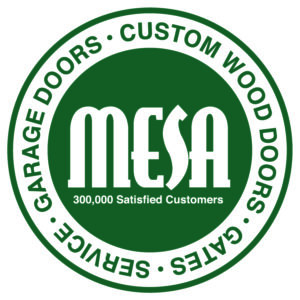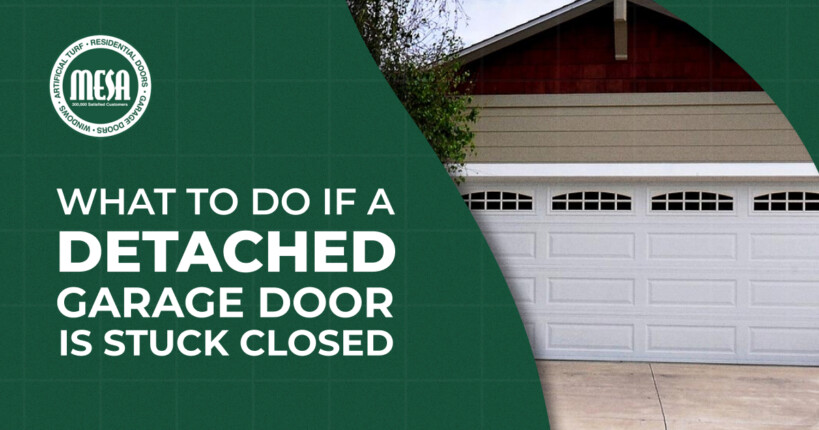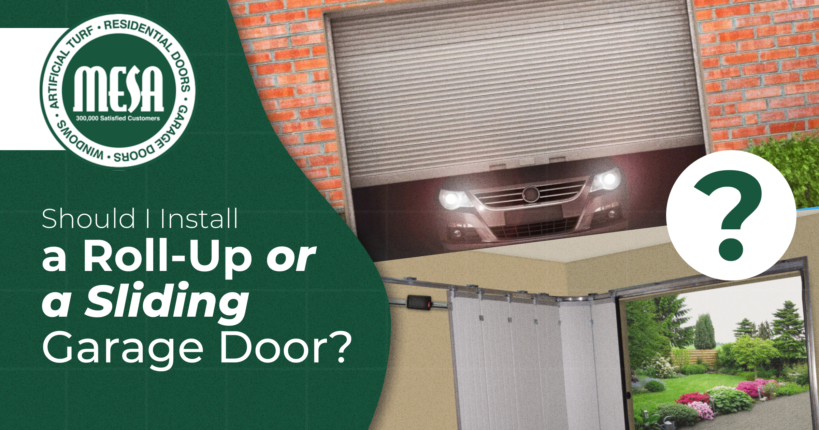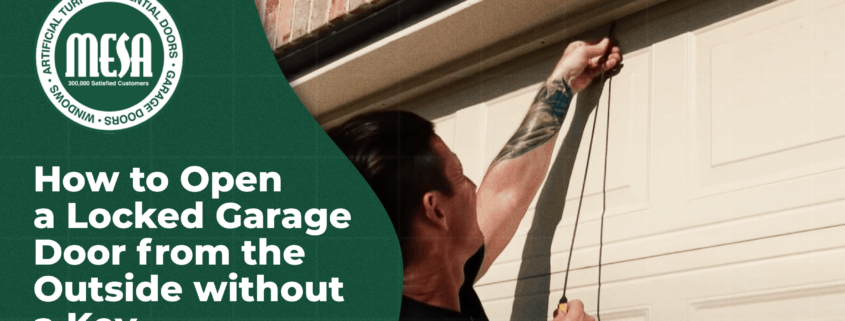What to Do If a Detached Garage Door Is Stuck Closed
There are many advantages to having a detached garage. A garage door that’s stuck closed is not one of them. But the best thing is not to panic. You can manually unlock it if your detached garage door is stuck closed, with the following steps:
- Open the locks or latches needed to open the door manually.
- Unplug the motor, which cuts electricity to the garage door opener.
- Locate the red emergency release cord, pull it down, and continue until the door has reached the top.
Where to Look If Your Detached Garage Door Is Stuck Closed
How you proceed next depends on the exact cause of the issue. If the garage door isn’t opening, here are the best things to check:
Photo-Eye Sensors
The garage door won’t activate if the photo sensor isn’t receiving a signal. To address this issue, clean any dirt and dust from the sensor, remove any obstructions, and check whether the transmitter and receiver are misaligned. Make sure they’re installed at the same height and they face one another from each side of the door. If necessary, turn the photo-eye to align it. Also, check for wiring damage or a blinking LED; these indicate the sensor needs to be replaced.
Transmitter Batteries
If the remote transmitter has a dead battery, a signal won’t be sent when you press the button. Check the receiver on the interior wall. When you press the button here and the door works, the problem is with the remote. Swap out the batteries to get the remote working again; if this doesn’t do the trick, something may be blocking the remote signal, the antenna may be dirty or misaligned, or the device may need to be replaced.
Power Supply
A disconnected power supply is a common reason for a detached garage door to be stuck closed. Check if the operator has been unplugged or a circuit breaker has tripped. Plugging the garage door opener back in or resetting the breaker should get the door working again. Otherwise, an electrician should check for a defective outlet or faulty wiring.
Garage Door Tracks
The tracks must be straight for a garage door to move. If the door is stuck closed, check whether it’s crooked or makes grinding noises when you try to operate it. Don’t force the door to open, as this can cause more damage. Look for objects blocking the track. You can realign it by loosening the screws securing it to the frame, tapping the track back into position, and re-tightening the screws. Call a technician if there’s damage you can’t fix.
Torsion or Extension Springs
Inspect the springs if the garage door won’t open. Torsion springs run horizontally across the top of the door while extension springs are mounted on the sides. The springs support the garage door’s weight and will eventually wear out. A breaking or snapped spring is extremely dangerous to handle, so call a professional to replace it.
Garage Door Cable
Aligned with the tension springs, the cables provide the work needed to operate the door. They also slow a garage door’s descent when the spring breaks. Otherwise, severe damage can occur. After the spring has broken, operating the door risks breaking a cable, which can be extremely dangerous, so have it fixed by a contractor quickly.
Sensitivity Settings
The system may not have been programmed correctly at the factory. You’ll need to contact a provider to obtain the proper settings, so there’s the right amount of force to open or close the door. Even if everything else is working, the opener won’t respond if the sensitivity controls aren’t set correctly.
Other Things You Can Do
There can be many reasons your detached garage door is stuck closed. If none of the above issues seem to be the cause, here are some other steps you can take:
- Clear Any Obstructions: Check all moving parts to see if something is stuck and remove it; if you can’t find anything, try applying some silicone-based grease or oil lubricant.
- Install a New Trolley Carriage: This requires turning off the power at the breaker, making sure the door is fully closed, and placing a ladder in a safe location. First, install the rail to the wall bracket. Then slide the new carriage onto the rail and restore power to test the door.
- Check for Installation Issues: An error during installation can cause a garage door to not open. In this case, you should contact the installer, who can come and correct the issue so your garage door works properly.
Contact Mesa Garage Doors
If your detached garage door is stuck closed, our qualified technicians can troubleshoot it and provide any adjustment or repair necessary. They can work with any type of garage door. We are available 24/7 so book your free estimate or call 714-975-5951 any time.





